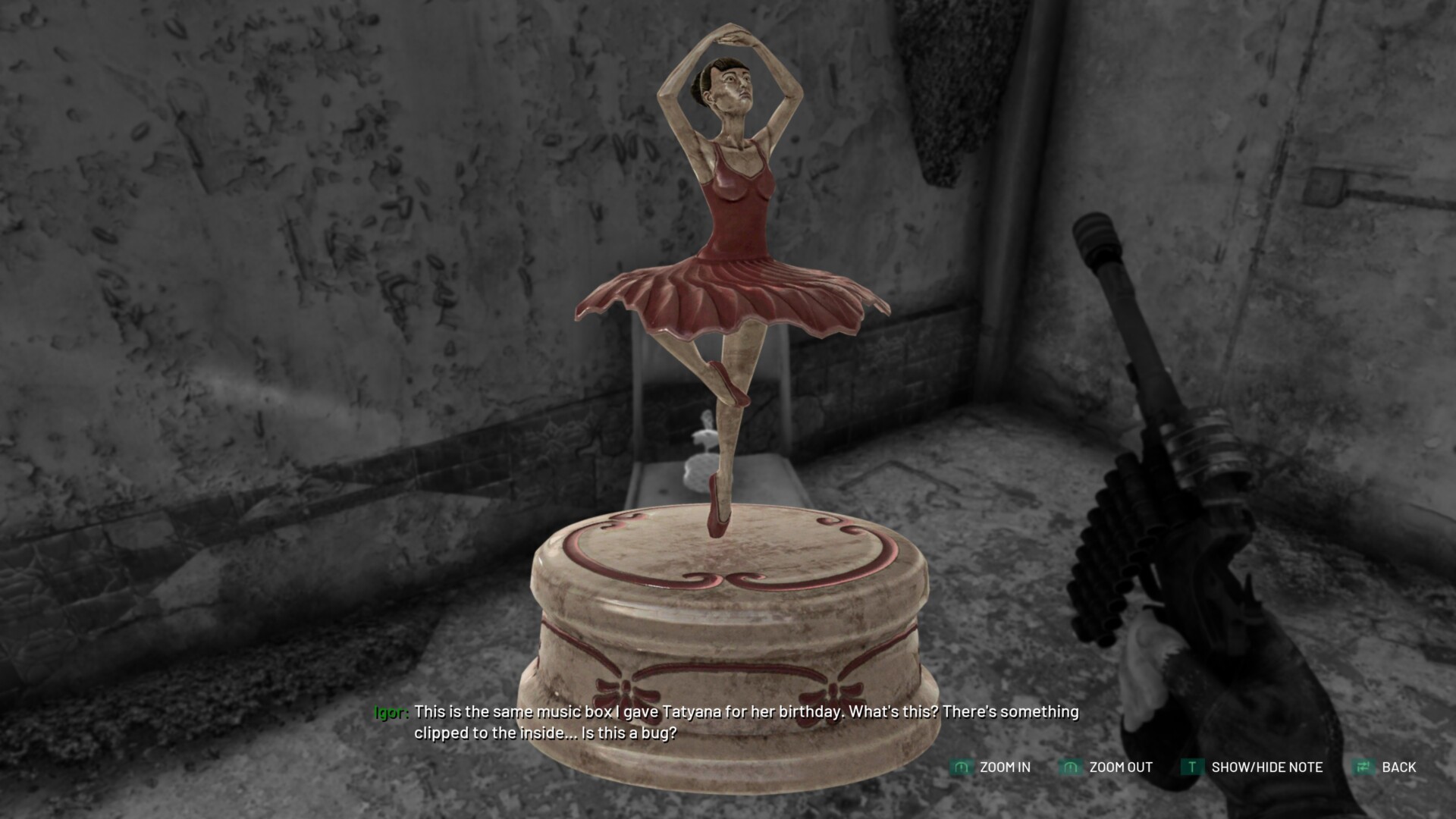
įollowing the disaster, Pripyat was replaced by the new purpose-built city of Slavutych. The most widely cited studies by the World Health Organization predict an eventual 4,000 fatalities in Ukraine, Belarus and Russia. Model predictions of the eventual total death toll in the coming decades vary. Determining the total eventual number of exposure related deaths is uncertain based on the linear no-threshold model, a contested statistical model. A United Nations committee found that to date fewer than 100 deaths have resulted from the fallout. An excess of 15 childhood thyroid cancer deaths were documented as of 2011. Ĭhernobyl's health effects to the general population are uncertain. In the following 10 years, 14 more workers (9 who had been hospitalized with ARS) died of various causes mostly unrelated to radiation exposure. Among those hospitalized, 28 died within the following three months, all of whom were hospitalized for ARS. During the immediate emergency response, 237 workers were hospitalized, of which 134 exhibited symptoms of acute radiation syndrome. įollowing the reactor explosion, which killed two engineers and severely burned two more, a massive emergency operation to put out the fire, stabilize the reactor, and clean up the ejected radioactive material began. The exclusion zone was later increased to 30 kilometres (19 mi) and an additional ~68,000 people were evacuated. In response to the initial accident, a 10-kilometre (6.2 mi) radius exclusion zone was created 36 hours after the accident, from which approximately ~49,000 people were evacuated, primarily from Pripyat. The fire released about the same amount of radioactive material as the initial explosion. Approximately 70% landed in Belarus, 16 kilometres (9.9 mi) away. This was immediately followed by an open-air reactor core fire which lasted until, during which airborne radioactive contaminants were released which were deposited onto other parts of the USSR and Europe. The meltdown and explosions ruptured the reactor core and destroyed the reactor building. This process resulted in steam explosions and melting of the reactor core. This decreased neutron absorption, leading to an increase in reactor activity, which further increased coolant temperatures (a positive feedback loop). This resulted in rupture of fuel channels, leading to a rapid decrease in pressure which caused the coolant to flash to steam. Due to a design flaw, this action resulted in localized increases in reactivity within the reactor (i.e., " positive scram").



Upon test completion, the operators triggered a reactor shutdown. While recovering from the power drop and stabilizing the reactor, the operators removed a number of control rods which exceeded limits set by the operating procedures. During a planned decrease of reactor power in preparation for the test, the operators accidentally dropped power output to near-zero, due partially to xenon poisoning. The accident occurred during a safety test meant to measure the ability of the steam turbine to power the emergency feedwater pumps of an RBMK-type nuclear reactor in the event of a simultaneous loss of external power and major coolant leak. Varying estimates of increased mortality over subsequent decades (see Deaths due to the disaster) INES Level 7 (major accident) see Chernobyl disaster effectsįewer than 100 deaths directly attributed to the accident. Reactor 3 can be seen behind the ventilation stackĬhernobyl nuclear power plant, Pripyat, Chernobyl Raion, Kyiv Oblast, Ukrainian SSR, Soviet Union Reactor 4 several months after the disaster.


 0 kommentar(er)
0 kommentar(er)
